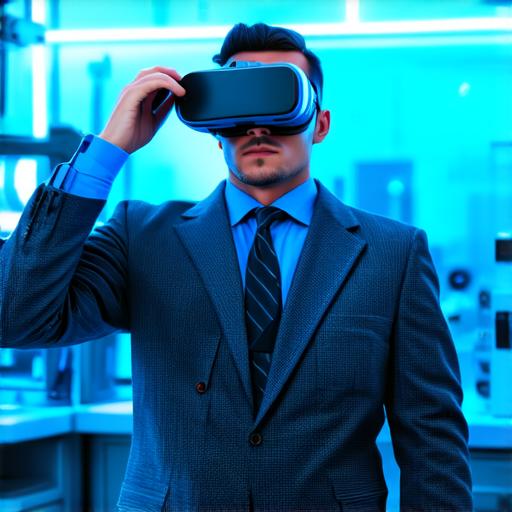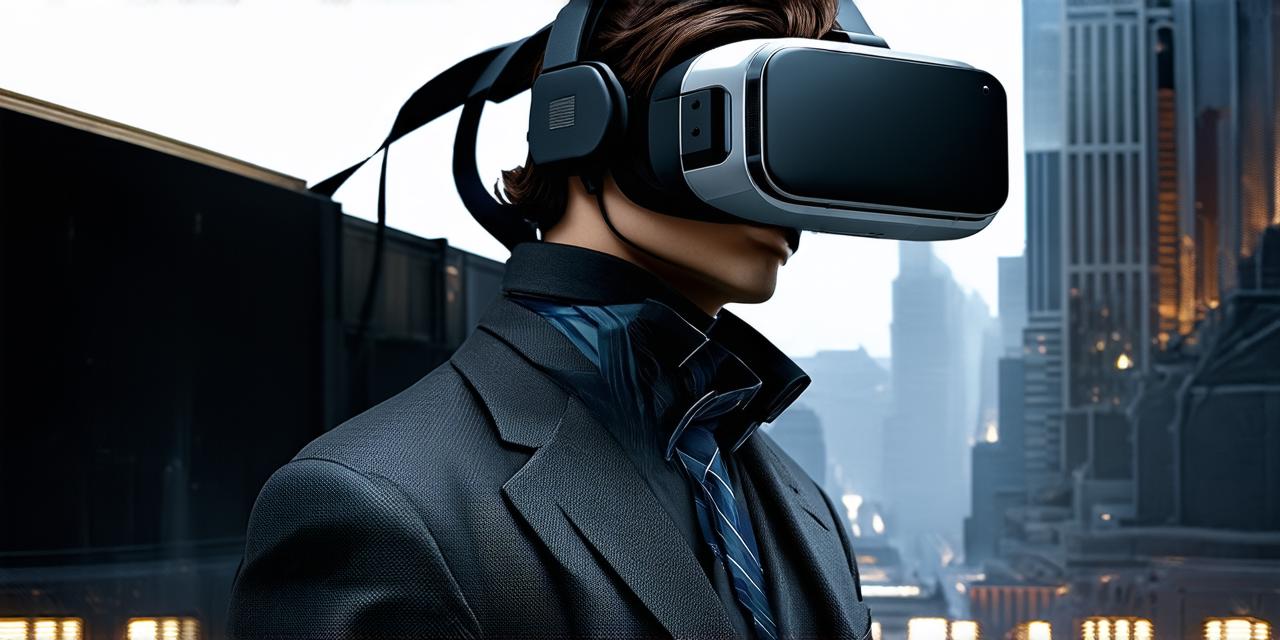The Early Days of Virtual Reality Headsets
One of the earliest attempts at creating a virtual reality experience was made by Ivan Sutherland, an American computer scientist, in 1968. He developed the first head-mounted display (HMD), known as the “Sword of Damocles,” which consisted of two mirrors mounted on a frame that tracked the user’s head movements. The Sword of Damocles was used to create simple VR simulations, but it was limited in its capabilities and had a cumbersome design.
In the 1980s, researchers at the University of Illinois developed the “Crystal Egg,” which was a more advanced HMD that could track head movements using electromagnetic sensors. However, the Crystal Egg was also limited in its capabilities and had a bulky design.
It wasn’t until the 1990s that virtual reality headsets began to take a significant leap forward. In 1992, researchers at the University of Washington developed the “Virtual Reality System,” which featured a stereoscopic display and allowed users to interact with virtual objects using handheld controllers. This was a major breakthrough in VR technology and paved the way for more advanced headsets.
The Rise of Modern Virtual Reality Headsets
In 2010, the first consumer-grade virtual reality headset, the Oculus Rift, was released to the public. The Rift featured a high-resolution display and allowed users to interact with virtual objects using handheld controllers. It was an instant hit among early adopters of VR technology, sparking a new wave of interest in virtual reality.
Since then, many other virtual reality headsets have been developed and released, each with its own unique features and capabilities. Some of the most popular virtual reality headsets include the Oculus Quest, HTC Vive, and PlayStation VR.
The Advantages of Virtual Reality Headsets
Virtual reality headsets offer many advantages over traditional methods of interacting with digital content. One of the biggest advantages is immersion. When using a virtual reality headset, users are fully immersed in a simulated environment, allowing them to experience things as if they were real. This level of immersion can be especially useful in training and simulation scenarios, where users need to be able to react quickly and make split-second decisions.
Another advantage of virtual reality headsets is interactivity. Users can interact with virtual objects using handheld controllers or other input devices, allowing them to explore and manipulate digital content in a way that was not possible before. This level of interactivity can be especially useful in gaming, where users need to be able to react quickly and make split-second decisions.
Virtual reality headsets also offer a level of convenience and portability that traditional methods of interacting with digital content cannot match. Virtual reality headsets are designed to be lightweight and easy to wear, allowing users to experience virtual reality wherever they go. This makes them ideal for use in remote locations or for situations where access to a computer or other device is limited.
The Future of Virtual Reality Headsets
Virtual reality technology is constantly evolving, and the future of virtual reality headsets is likely to be even more advanced than what we have seen so far. One area where we are likely to see significant advancements is in display technology. The current generation of virtual reality headsets use high-resolution displays, but there is already research being done on next-generation display technologies that could offer even higher resolutions and more immersive experiences.
Another area where we are likely to see advancements is in input devices. While handheld controllers are currently the most common way to interact with virtual objects, there is a lot of research being done on other input devices such as gloves, haptic feedback vests, and even eye-tracking technology. These new input devices could offer even more immersive and interactive experiences for users.
Summary
Virtual reality headsets have come a long way since their early days. Today, they offer an immersive and interactive experience that is ideal for a wide range of applications. While the technology is still in its infancy, it has already had a significant impact on gaming, entertainment, and education. As virtual reality technology continues to evolve, we are likely to see even more exciting advancements in the future. So whether you’re a developer or simply someone who is interested in virtual reality, there’s no doubt that this is an exciting time to be involved in this rapidly evolving field.

